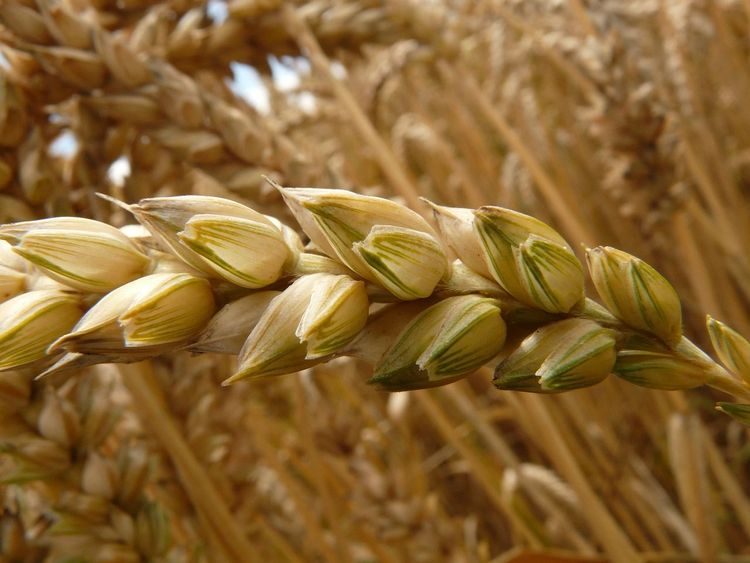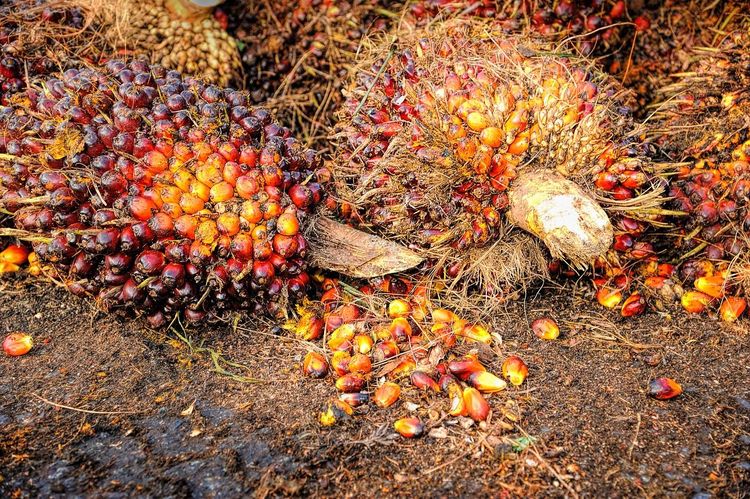Downtrodden Oats Get Boost from Nondairy Beverage Demand
Yogurt giant Chobani’s announcement that it plans to introduce oat-based drinks and other products could help spur renewed interest in the grain after a decadeslong slump.
Oats have long been losing market share to other grains. Both production and consumption of oats are down 60% worldwide since 1960, according to data from USDA PS&D. In the US, oats accounted for more than 10% of all crop growing area in the 1930s; that share is now less than 1%.
Fast-growing demand for so-called oat milk could signal a change in that decline. According to data from Nielsen, US sales of oat milk were $53 million in the 52 weeks ended Oct. 26, up more than sixfold from a year earlier. The nondairy beverage market is valued at $1.8 billion, of which almond milk holds a two-thirds share.

Worldwide production of oats has fallen by 60% since 1960. This chart, using data from USDA PS&D, shows production volumes for the top five oat-producing countries (colored stacked bars). The orange bars represent production in the former USSR, and the red bars are for Russia.
Oat milk has drawn interest as a new dairy alternative, partly because it is free of most common allergens, such as nuts. It also is perceived to be more environmentally friendly than drinks made from almonds, a water-intensive crop. Chobani’s announcement comes on the heels of similar moves by other major beverage and dairy companies, all attempting to grab a foothold in the fast-growing oat milk market.
Chobani’s said it would source oats for its new products exclusively from Saskatchewan, which produced more than half the oats grown in Canada, according to Statcan. Exports from Canada, mainly headed to the US, are forecast to reach a 10-year high of 1.8 million tonnes. Saskatchewan’s cropland dedicated to oats also hit a decade high this year.
US consumption of oats for food, seed, and industrial use, partly driven by oat milk demand, has risen at the margins in recent years and is estimated to reach 1.1 million tonnes this year. The growing demand helped push Saskatchewan’s on-farm stocks of oats to a record low as of July 31, the latest data available.
Canadian area planted to oats should continue to rise, based on the renewed interest in the grain. Users that had sourced grain from Saskatchewan may be forced to find alternative sources, which may in turn prompt additional plantings in the US next year. Globally, oat inventories adjusted for usage, commonly known as the stocks-to-use ratio, fell to a record low of just 8% in the 2018/19 crop year. Oat prices have responded to the shifting market. CME oat futures have gradually risen this year and are currently around a five-year high of $3 per bushel.

Oat producing countries worldwide have reduced their inventories, as shown with the blue line, as demand for the grain has slid. Global oat inventories adjusted for usage, commonly known as the stocks-to-use ratio, fell to a record low of just 8% in the 2018/19 crop year, according to data from USDA PS&D.
 Insight
InsightPrices Surge for Cocoa, Coffee, and Other ‘Soft’ Commodities
 Insight
InsightImproved Conditions Boost Prospects for India’s Upcoming Wheat Harvest
 Insight
InsightPalm Oil Production Set to Rise as Crop Dodges the Impact of El Niño
 Insight
Insight

 Search
Search